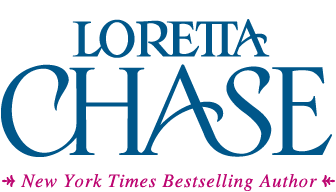Gates of Kensington Palace, 2017
My previous post focused on Queen Victoria’s childhood. Though she left Kensington Palace as soon as she could after becoming Queen, its displays do offer glimpses of her adulthood.
The portrait of her at the theater, in the year she ascended to the throne, was new to me, and I absolutely love it. This is not a shy and retiring young woman. Though she’s only eighteen, she absolutely knows who she is. She needed to be strong-willed to get to this point. As Gillian Gill puts it in We Two, “while the Princess Victoria was weak , feverish, and confined to bed, Conroy and the duchess tried to browbeat her into signing a document appointing Conroy as her personal private secretary in the event of her accession to the throne.” She was only sixteen at the time. She refused to do it.
If you’d like a sharper image, which you can zoom in on, the portrait of Victoria wearing the emerald set is here at the Royal Collection Trust.
Below are a few notes on the photos of other items on display at Kensington Palace.
Mourning dress had specific stages, with the later stages allowing for a few colors. For the rules in Queen Alexandra’s time, you might want to take a look at these pages of Manners and Rules of Good Society (1913 ed).
The diamond tiaras speak for themselves.
We’ve all seen so many photos and films of Queen Elizabeth in her girlhood, but it was an altogether different and enlightening experience to see her and Princess Margaret’s dresses, and to learn that they were altered in order to last a long time.
Court dress is something I’ve mentioned in a few books. It did not always keep up with fashion, or else did so with its own special rules and additions. The gentleman’s court suit of 1780 is a good example of the level of expenditure. Even the detail shots can’t fully convey the richness and sparkle. The men gathered at the Court of St. James must have been quite a sight, no doubt vying with the ladies for splendor. Not that the ladies faded into the background. Their dresses would be embellished with diamonds, pearls, and other precious gems. The Lord Chamberlain, on the monarch’s orders, would issue rules about court dress, and these could change. However, ostrich feathers, lappets (those lace things dangling from the back of the headdress), and trains continued into the 20th century, as the 1928 dress shows. This painting of Queen Adelaide’s 1834 Birthday Drawing Room gives a good idea of a Court gathering at the time of my recent stories.
I’ve included the short video of Lady’s Holcroft’s court dress because a still photo simply doesn’t do the job. You can find several photographs of Lady Holcroft in her court dress here at the National Portrait Gallery. If you are unable to view the reel in your email, you can view it here on my website blog.
A short video of Lady Holcroft’s court dress















































